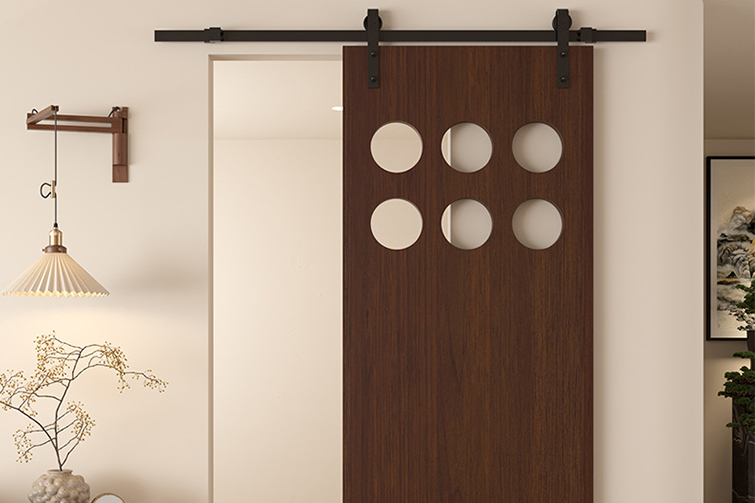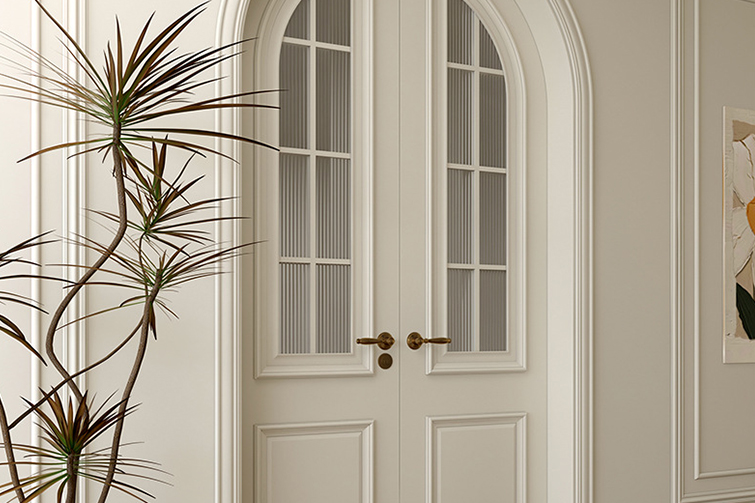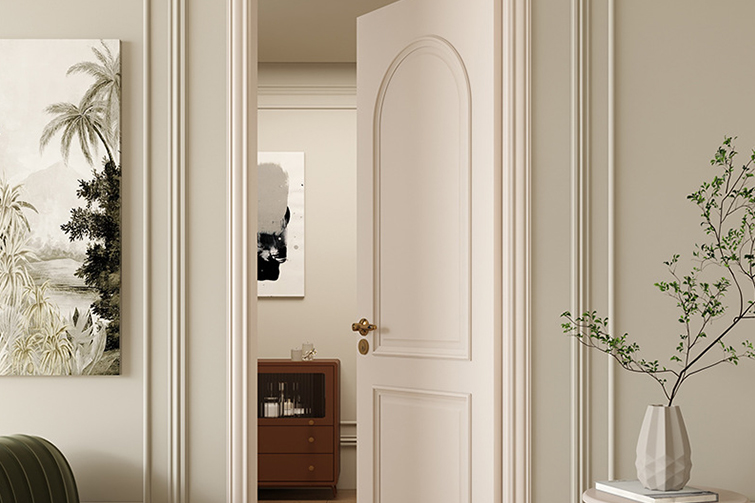

MDF Doors vs. Solid Wood Doors: An Honest Comparison
Selecting the right interior door is a crucial step in home design and renovation. It influences the room's aesthetics, acoustics, and overall feel. Among the most common choices, two materials stand out: Medium-Density Fibreboard (MDF) and Solid Wood. The debate between them often centers on cost, durability, and style. So, which one is better? The answer, as with many things in home improvement, is: it depends on your needs.
Let's break down the strengths and weaknesses of each to help you make an informed decision.
Medium-Density Fibreboard (MDF) Doors: The Modern & Affordable Workhorse
MDF is an engineered wood product made by breaking down hardwood or softwood residuals into wood fibres, combining them with wax and a resin binder, and forming panels under high temperature and pressure.
Advantages of MDF Doors:
- Cost-Effective: This is the primary advantage. MDF doors are significantly less expensive than solid wood doors, making them an excellent choice for budget-conscious projects or large homes requiring many doors.
- Perfectly Smooth & Uniform: MDF has no natural grain, knots, or imperfections. This creates an impeccably smooth surface that is ideal for painting. It absorbs paint evenly, resulting in a flawless, modern finish.
- Stability & Resistance to Warping: Unlike solid wood, MDF is not susceptible to expanding or contracting with changes in humidity and temperature. This makes it a stable choice for areas like bathrooms or kitchens where moisture levels can fluctuate (though it should not be directly exposed to water).
- Environmentally Conscious Option: Many MDF products are made from recycled wood fibres, making use of post-industrial waste.
Disadvantages of MDF Doors:
- Vulnerability to Moisture: While stable, standard MDF is susceptible to swelling and damage if it gets wet. While moisture-resistant MDF is available, it's still not as resilient as solid wood in this regard.
- Weight: MDF is very dense and heavy, which can place more strain on hinges and make DIY installation more challenging.
- Cannot Be Stained: The lack of a natural grain means MDF doors are not suitable for staining. They are designed to be painted.
- Durability Concerns: The edges can be prone to chipping, and the material does not hold screws as well as solid wood, which can be a problem for future hardware changes.
Solid Wood Doors: The Classic & Luxurious Investment
Solid wood doors are crafted from planks of natural timber, such as oak, maple, pine, or mahogany. They represent a traditional, high-quality choice.
Advantages of Solid Wood Doors:
- Durability and Longevity: High-quality solid wood doors are incredibly strong and can last for decades, even generations. They can withstand dents and impacts better than MDF.
- Natural Beauty and Grain: The unique, authentic grain pattern of real wood adds warmth, character, and timeless beauty to a room. This makes them perfect for staining to highlight the natural woodgrain.
- Excellent for Staining: They are the superior choice if you want to showcase the wood's natural texture and color variation. A good stain and varnish can enhance the wood's depth and richness.
- Adds Value to Your Home: Solid wood doors are often viewed as a premium feature that can increase the resale value and appeal of a property.
Disadvantages of Solid Wood Doors:
- High Cost: Solid wood is the most expensive option, with prices varying significantly based on the wood species (e.g., pine is more affordable; mahogany is a luxury).
- Susceptibility to Warping and Cracking: Natural wood reacts to changes in humidity and temperature. Over time, without proper sealing and in environments with drastic changes, it can warp, crack, or twist.
- Requires More Maintenance: To protect them from moisture and wear, solid wood doors need to be properly sealed and finished, and may require refinishing over their lifetime.
- Natural Imperfections: Knots and variations in the grain are part of their charm, but they may not be suitable for those seeking a perfectly uniform, modern look.
The Verdict: Which One Should You Choose?
Your choice ultimately depends on your priorities:
Choose an MDF Door if:
- Your budget is a primary concern.
- You plan on painting the door a solid color and want a perfectly smooth, modern finish.
- You need a stable door for an environment with stable or moderately fluctuating humidity.
- You are prioritizing value and consistency over natural character.
Choose a Solid Wood Door if:
- You want to showcase the natural beauty of wood grain and plan to stain the door.
- Durability and longevity are your top priorities, and you are willing to invest for the long term.
- You are looking for a door that will add resale value to your home.
- You appreciate the unique character, warmth, and prestige that only real wood can provide.
In summary, there is no outright "better" option—only the best option for your specific project, budget, and design vision. By weighing these key factors, you can select the door that will beautifully and functionally serve your home for years to come.






